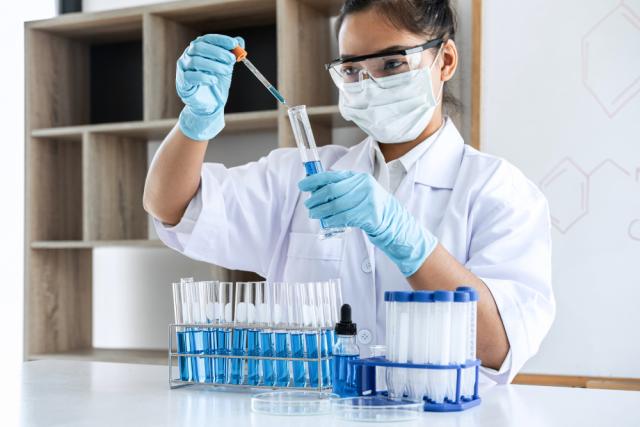
Phosphorus pentachloride, or PCl₅, is a chemical molecule of great importance to various industries like chemical synthesis, medicines, and agrochemicals. Its production is very technical in nature, with complicated chemical reactions and specialized equipment. The synthesis of phosphorus pentachloride requires that temperature, pressure, and reaction conditions be accurately controlled for efficiency, safety, and quality. To explore more about the phosphorus pentachloride industry, kindly reach out the report published by Coherent Market Insights
Chemical reaction and apparatus involved in the phosphorus pentachloride production process.
Phosphorus pentachloride is usually prepared by chlorinating white phosphorus (P₄) with chlorine gas (Cl₂). The preparation process starts with the reaction of phosphorus and chlorine at high temperatures, commonly between 150°C to 200°C. The phosphorus pentachloride chemical reaction is shown below:
P4+10Cl2→4PCl5
This reaction occurs in a specially designed reactor, which often is a stainless-steel vessel withstanding high pressure and temperature. The chlorine gas is introduced into the reactor, where it reacts with phosphorus to produce phosphorus pentachloride. The reaction is exothermic, meaning that it produces heat, so temperature needs to be controlled carefully in order not to have unwanted side effects or excessive heat buildup.
Safety Concerns In the Phosphorus Pentachloride Manufacturing
Phosphorus pentachloride is a dangerous chemical, which should be prepared in the presence of high safety measures. Probably the most prominent concern is that phosphorus pentachloride and chlorine gas are toxic and corrosive substances. To avoid exposure to the toxic chemicals, the workers of the production unit should wear adequate PPEs, including goggles, gloves, and chemical-resistant suits.
For the purpose of preventing harmful gasses from condensing in the manufacturing area, proper ventilation systems are essential. For instance, chlorine gas may be lethal upon ingestion in large quantities. However, even low levels can cause respiratory conditions. In addition to personal protective equipment, automatic equipment is often used to track chlorine and phosphorus pentachloride amounts in the air and to ensure the equipment operates safely.
Innovations in PCl₅ Production
Over the years, improvements in the production of phosphorus pentachloride have been directed towards efficiency and minimal environmental impact. The most important improvement is in the development of more energy-efficient reactors that can better manage temperature and pressure changes, both of which are critical to the stability of chemical reactions.
More recently, there has been a focus on improving the recovery and recycling of chlorine gas during the process. Recycling chlorine, which is a primary reactant in the production of PCl₅, can minimize raw material usage and the environmental impact of the process. Another innovation area is the use of advanced filtration and scrubbing technologies to deal with the harmful emissions generated during the manufacturing process.
The manufacturing process of phosphorus pentachloride is highly controlled, with proper consideration of safety and the environment. Producers may take advantage of these technological advancements to increase productivity, reduce risks, and contribute more to the sustainability of the sector.






